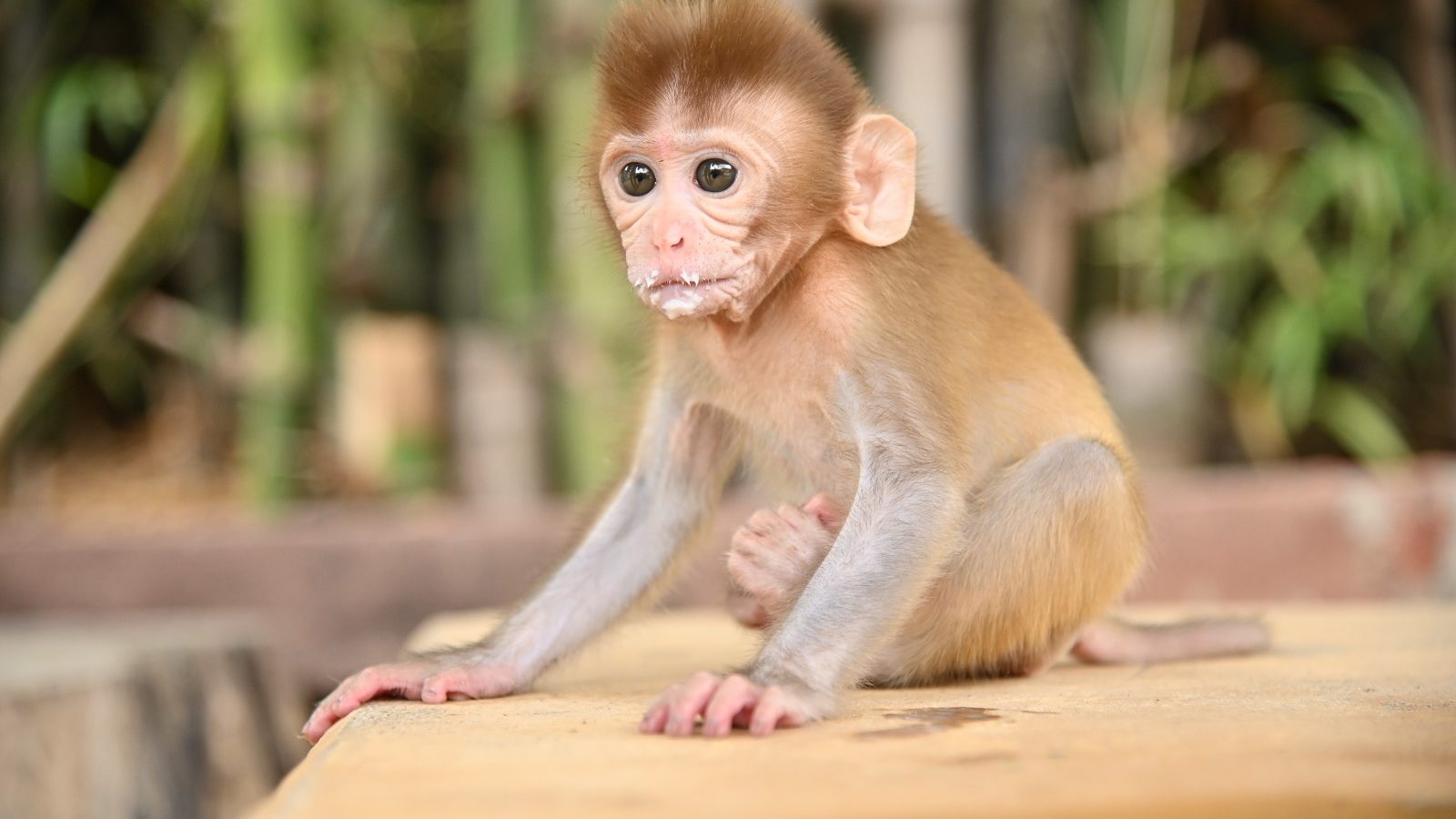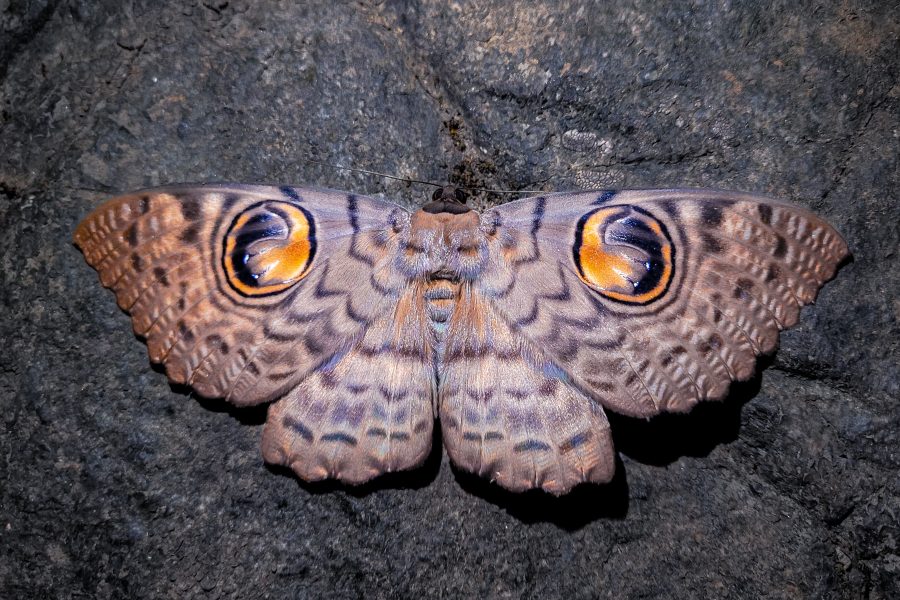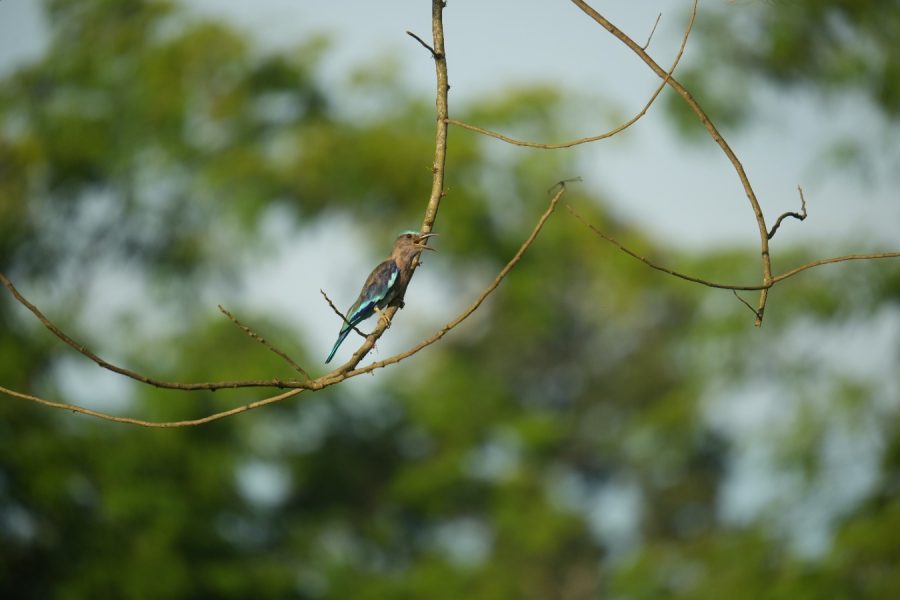Wildlife SOS introduces a new series “Things You Didn’t Know About” that explores fascinating and lesser-known facts about various species. Our writers will spotlight one inhabitant of the wild, unveiling its unique characteristics and roles in the ecosystem. In this feature, we focus on a highly social group of mammals — primates.
Primates are an order of mammals distinguished by their large brain, usage of hands and complex behaviour. Originally, primates were divided into Prosimii (including lemurs, lorises and tarsiers) and Anthropoidea (including monkeys, apes and humans). However, later it was noted that the tarsiers from the “prosimians” were more closely related to higher primates or “anthropoids” and hence, the two suborders Strepsirrhini (lemurs and lorises) and Haplorrhini (tarsiers, monkeys, apes, and humans) came into being.
Non-human primate populations can be found across the tropical latitudes of Africa, India, Southeast Asia and South America. They can adapt to diverse habitats like savannahs, mountains and coastal regions. New primate species and subspecies continue to be discovered and recorded, with the latest being Popa langur from Myanmar that was identified in 2020. In India, 21 primate species are protected under Schedule I of the Wildlife (Protection) Act, 1972, and the widespread Bengal Hanuman langur is the only primate listed under Schedule II of the Act.
Read on to know more about the non-human species of primates!
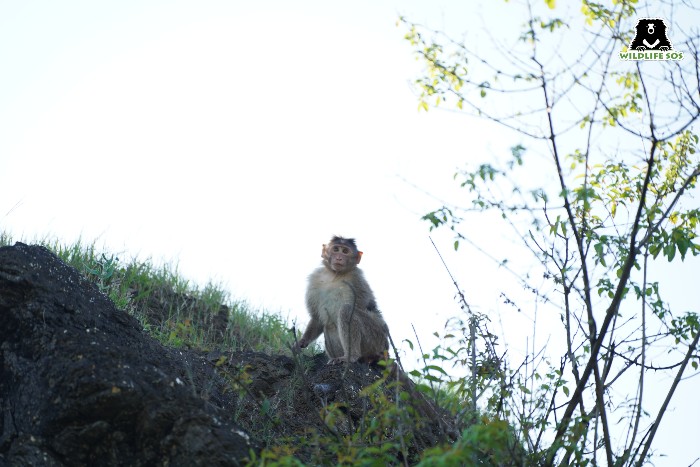
Primates Vary in Size
It has been observed throughout the world that despite falling under the same order, primate species vary in terms of their sizes. The smallest primate is Madame Berthe’s mouse lemur that weighs approximately 35 grams, whereas the largest primate is the gorilla, whose weight can be 4,000 times greater than that of the lemur.
Sizes and forms for primates differ according to their habitat as well as their movement through it. Those that have adapted themselves within forests leap, swing on branches and can walk on all four limbs. They are slim bodied, and have long tails as well. The primate species that move more on the ground, like gorillas, have a bigger build, and use their hind legs and knuckles to navigate.
Along with their physical sizes, primate species show differences in the size of the groups they live with too. The tightly bonded group’s size is largely dependent on the habitat they occupy, the environment conditions it has, the benefits the group can draw from it, and the activity pattern of their day that includes feeding, moving and defending territories.
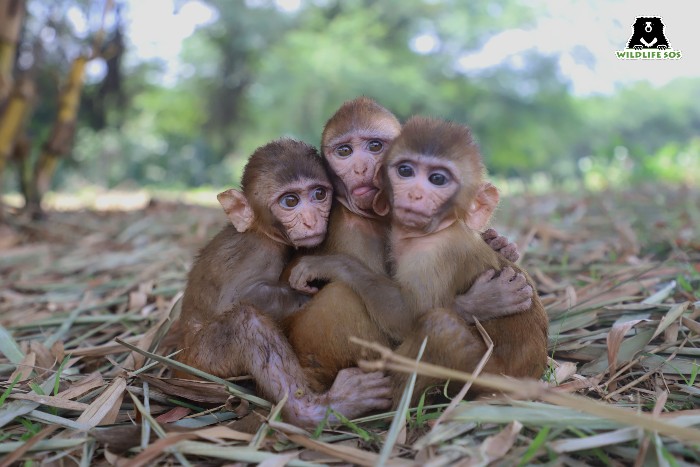
Primates have Large Brains
Primates are said to be more intelligent than other animals. While humans are considered to be the smartest with the highest intelligence quotient, the species ranking second in this category are the great apes. Primates have large brains and cortices in relation to their body mass.
Intelligence is correlated with the number of cortical neurons (nerve cells) and the speed with which they can process information. With large sizes of brains, species of primates have numerous neurons within their cerebral cortex, and signals can travel through them rapidly.
Another interesting fact about the brain of a primate is how it focuses on assessing information captured by the animal’s sense of sight. Unlike animals that have elongated muzzles and send olfactory signals to the brain, primates have a flattened facial structure that have forward facing eyes and an outstanding 3D vision.
Primates and their Physical Traits
When it comes to physical characteristics, apes and humans are unlike other primate species as they lack external tails. Among primates, the features of Old World monkeys differ from New World monkeys. The former finds its origins in Asia and Africa, are larger in size, and stay mostly on the ground. The latter descend from Americas, are relatively smaller, and occupy arboreal habitats. A striking difference between them is that Old World monkeys have nostrils that face downward, whereas the New World monkeys have side facing ones.
Most primates have five digits on their hands and feet with flattened nails at the end. Old World monkeys and apes have opposable thumbs, those that can move to touch the remaining fingers. New World monkeys can firmly hold objects with their hands that have complete or partially opposable thumbs. Opposable thumbs give the primates an advantage to manipulate or use certain objects, such as tools!
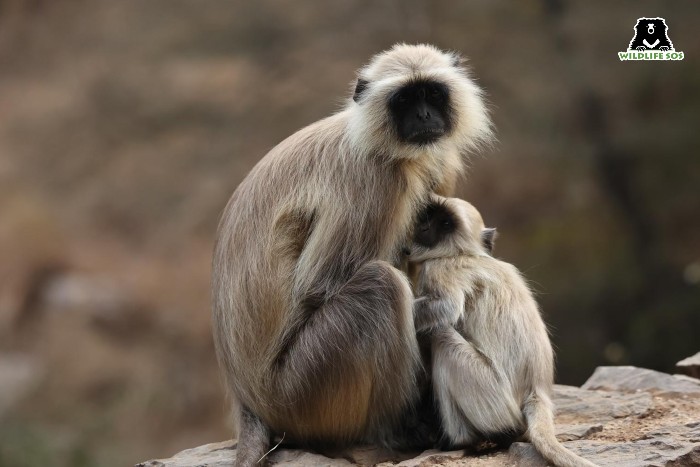
vertebrates covered in fur. [Photo (c) Wildlife SOS/ Suryoday Singh Mann]
Primates are Efficient!
Primates apply their intelligence to use essential objects from their environment. These become their tools for many routine activities such as foraging, grooming and hunting.
One of the simplest and easily found tools they strategically use are the leaves that surround non-human primates in the wild. Folded leaves act as cups from which large chimpanzees and smaller squirrel monkeys have been observed drinking water. In fact, chimpanzees pick up leaves as well as spongy moss in order to groom themselves!
These mammals also find objects like sticks, twigs, branches and stones that they put to use effectively. Omnivorous chimpanzees break the tip of a stick, sharpen it with their teeth and target their food in a way that a spear would. Primates can be seen prodding twigs to forage and even building a makeshift ladder out of branches to help them climb. Despite a vast difference in their sizes, capuchins is a species that has been compared to apes because of their superior skills in using tools. They can hammer nuts with stones to crack them open, and are even judicious to use the right stones to hit them with!
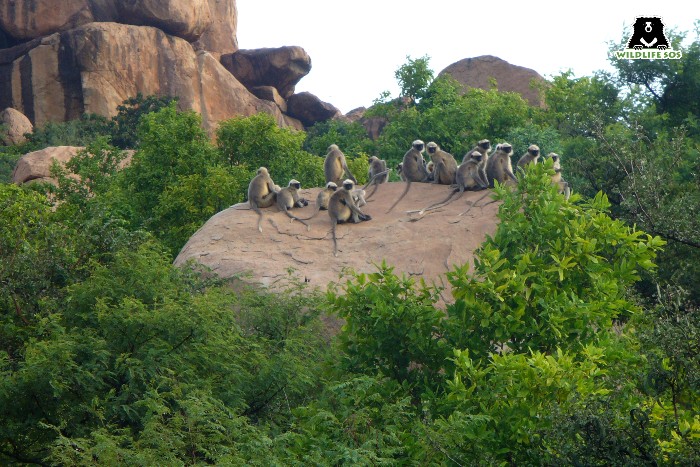
Primates can Communicate without Words
Among primates, human communication is focused on the use of oral sounds and languages, while the remaining species communicate with their tightly woven communities through smells, sounds, visual messages, and touch. These are the ways non-human primates can effectively express themselves and their emotions.
Variations in the behaviour of an animal is what can speak to its kind. For these mammals, evolution within their habitats has helped the subspecies to understand gestures, sounds, and movement around each other better, enabling them to become highly social animals that can collectively watch out for their group.
Incredible features such as large brains, acrobatic shoulders and arms, dexterity of hands, the ability to communicate with their groups and form alliances have helped primates to escape predators and sustain their survival. To know more amazing facts about animals, subscribe to our newsletter.

